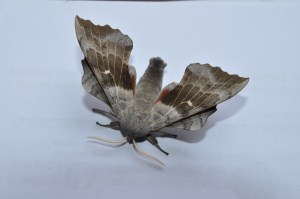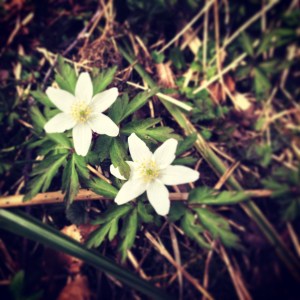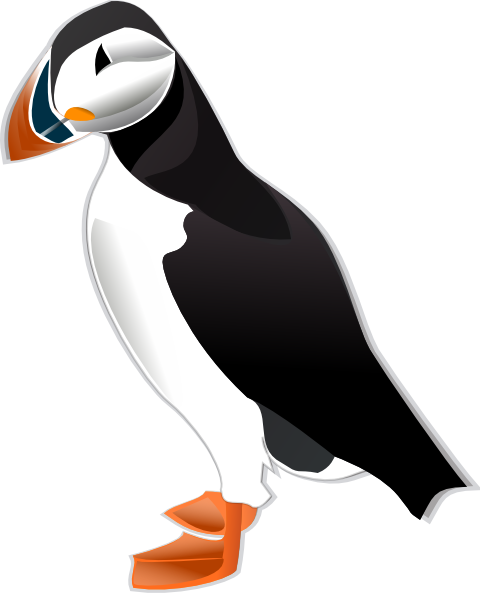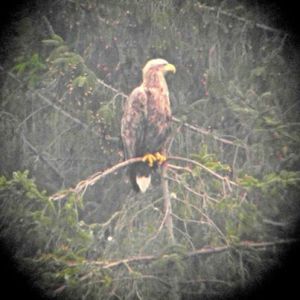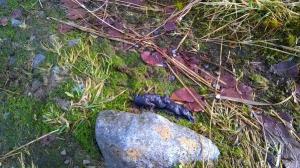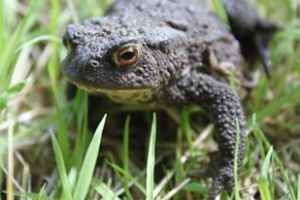At the end of September the ranger service teamed up with Rowanbank Environmental Arts and Education to bring their Positive Imaginings Climate Circus to the woodlands of Mull!
Undaunted by the (at times challenging) weather, the team began to set up and rehearse at Aros Park and Tiroran Community Forest.


We worked with children and staff from all 6 Mull primary schools on interactive workshops about climate change. Sadly Iona school were unable to join in due to weather cancelling ferries.


A series of games and demonstrations helped to explain the science and causes of global warming, how it links to climate change, then we heard about situations around the world where many people had been inspired to become involved in solutions when just one person voiced their idea and started taking action in their own small way. People such as Wangari Maathai planting trees in Africa, or Afroz Shah cleaning beaches in India – their individual actions have built into global environmental movements.
The children used natural materials to make pictures of the positive futures they would like to see, featuring water-powered cars, solar panels, communities that grow their own food, and lots of trees.


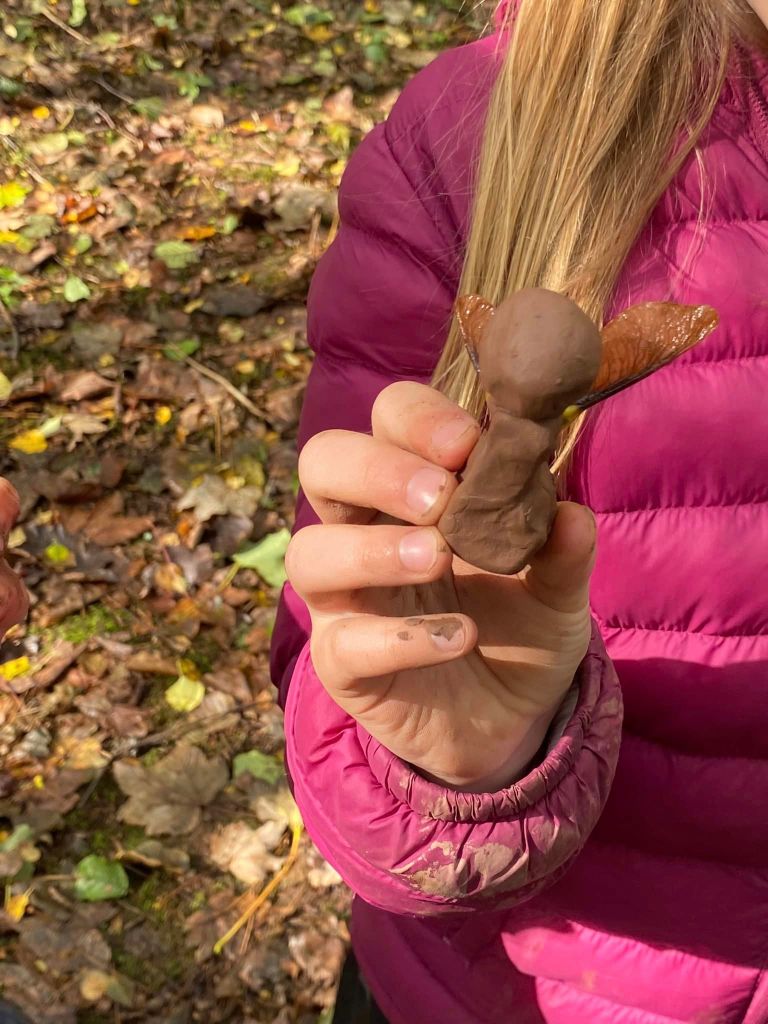


Later in the week everyone had a chance to experience a colourful and exciting outdoor performance through the joy and wonder of storytelling, circus and connecting with nature. As the audience arrive at the forest, they are met by Flow, the forest dreamer, and Jay, the planter of oak trees, who introduce them to all the plants and animals living there.
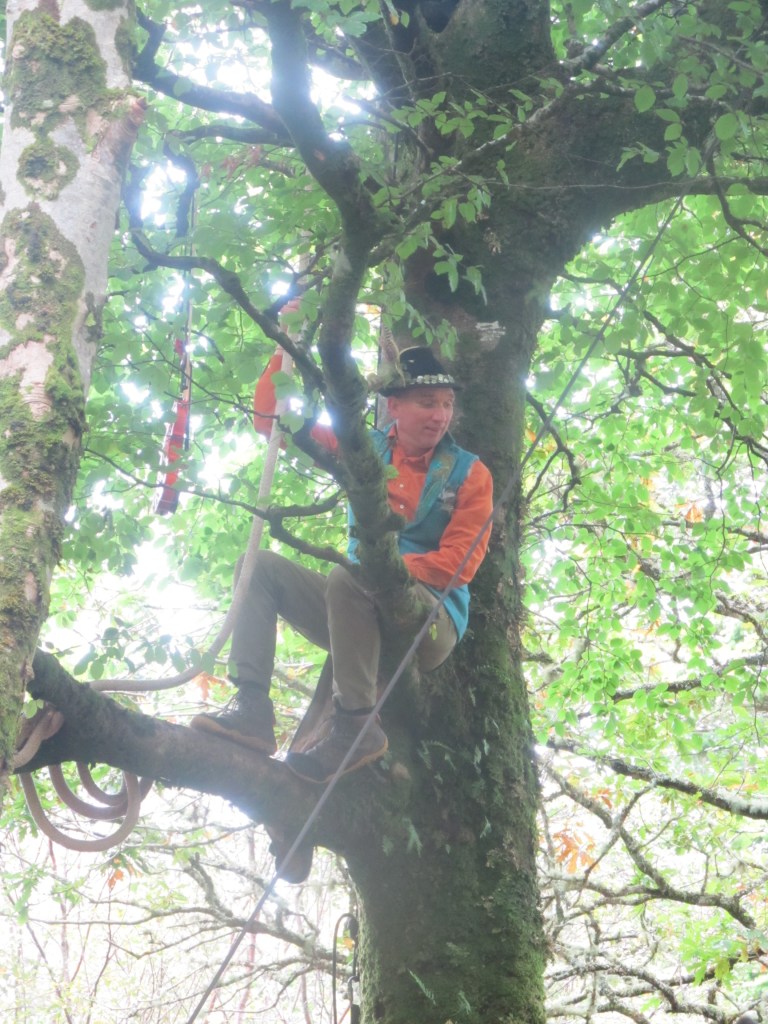

However, as the story unfolds, Flow starts finding black bags in the forest, which represent real environmental problems, and becomes weighed down with anxiety and despair. Jay and the audience must seek help from Anam the Dreamweaver.
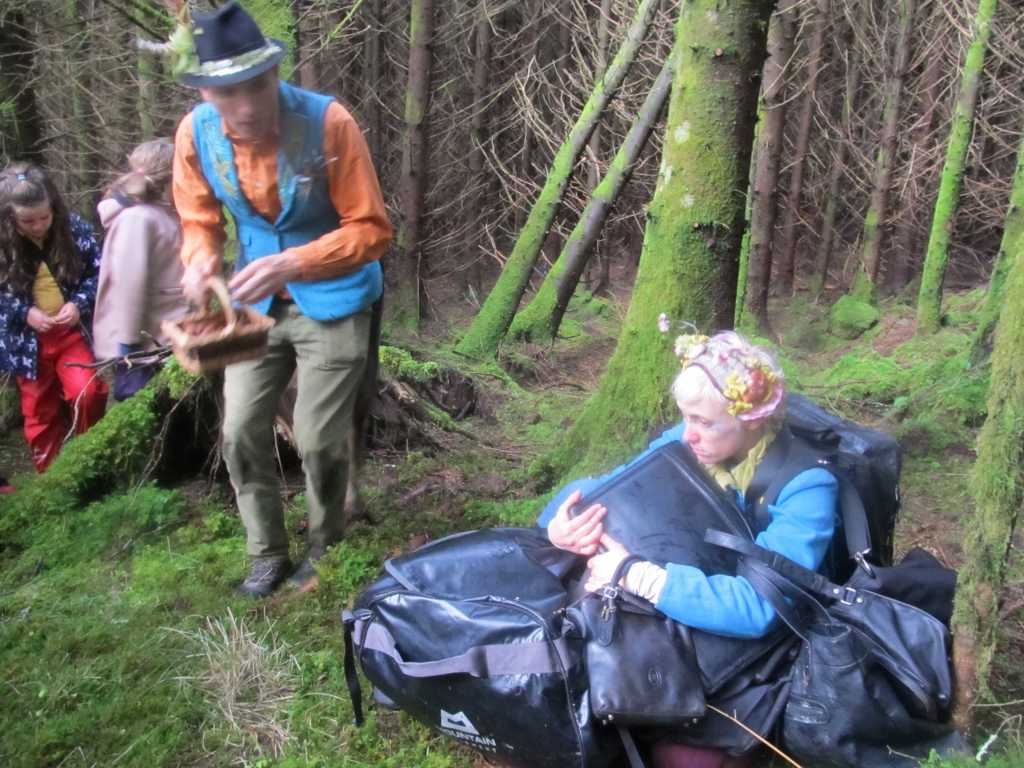
Anam empowers people to make their dreams a reality, and weaves the children’s dreams into a bright cloth representing collective action.


At first Flow cannot see the colours, but Anam helps Flow understand that what is needed is a new perspective, to use our imagination to find new ways of thinking and doing. Flow learns how to live with her climate worries and manage these complex emotions: by working with others to take climate action; and by remembering to notice the natural beauty that exists all around us.




The performance ends with a ceremony in which everyone has a chance for their dreams to be heard, the first step towards living in a kinder way for all who share this planet.


Thanks to our fundraising efforts, the work with schools and an additional public performance were supported by The Waterfall Fund, Argyll and Bute Council Supporting Communities Fund, The National Lottery Community Fund and partners An Tobar and Mull Theatre, Forestry and Land Scotland, Mull & Iona Community Trust and South West Mull & Iona Development.




We need to change the pattern, to see things from a different perspective. How do you imagine a positive future here on our islands? What one action could you start taking for our shared environment and communities?
Photos by Ranger Service and Rowanbank staff and volunteers


